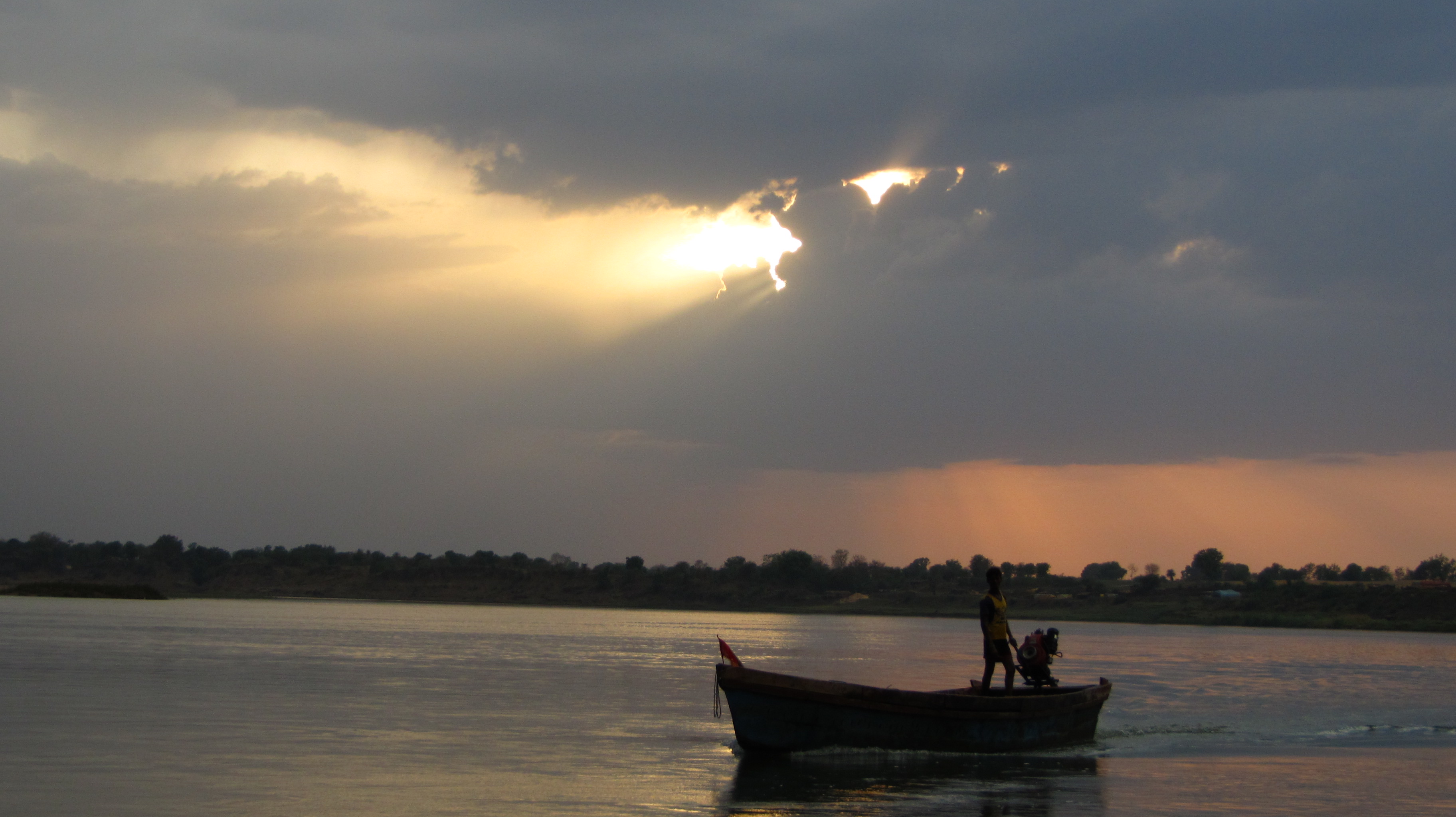
Narmada River is almost out of water, a crisis is brewing in its entire basin. The fabled Sardar Sarovar Narmada Dam, built to hold 9,460 MCM of water was barely 3,916 million cubic meters in January 2018. It has fallen since.
As Prime Minister’s home state is highly dependent on the river the problem is going to be felt across all regions of Gujarat. Most cities and districts getting their drinking water from the river. Sardar Sarovar project itself provides for irrigation of 1.84 Mha (75% area drought prone) in Gujarat, 0.246 Mha in desert districts of Rajasthan . It also provides for drinking water of 9490 villages and 173 urban centers in Gujarat, 1336 villages & 3 towns in Rajasthan.
The authorities have clarified that there is enough stock to provide drinking water. As a contingency measure, Gujarat government has started to pump dead water stock. Dead water stock is the amount of water in the dam, below its outflow levels. The water cannot be naturally drained out, it requires to be pumped out.
The problem has been anticipated for quite sometime with Narmada River catchment areas, mainly in Madhya Pradesh, received less rainfall last monsoon with the Sardar Sarovar Dam receiving only 45 per cent of what it gets normally during monsoon. The state government responded by asking farmers to skip sowing summer crops as it would not be able to provide irrigation water. The warning came in very late with a lot of farmers who had already sowed the crops by then.
The government has a deadline of March 15, three days from now, when all water from Irrigation will be diverted to drinking use.
In the dire circumstances like this, plan for emergency water transport are still only on paper with no elaborate exercise being executed. Much like the scorching Maharashtra last year, Gujarat too is destined for water trains. Whoever said that left is dead, certainly did not account for the forthcoming farmer distress.

